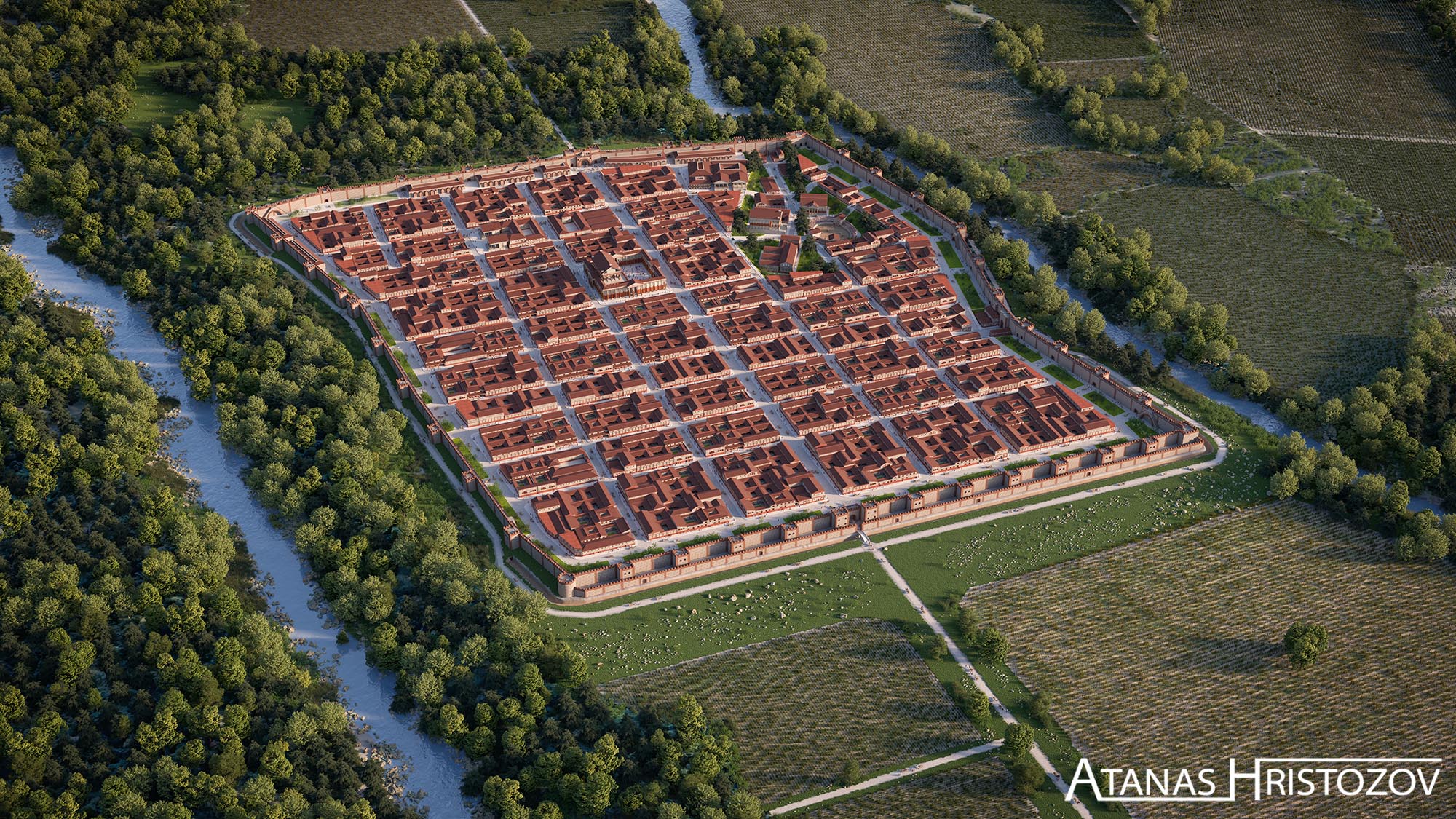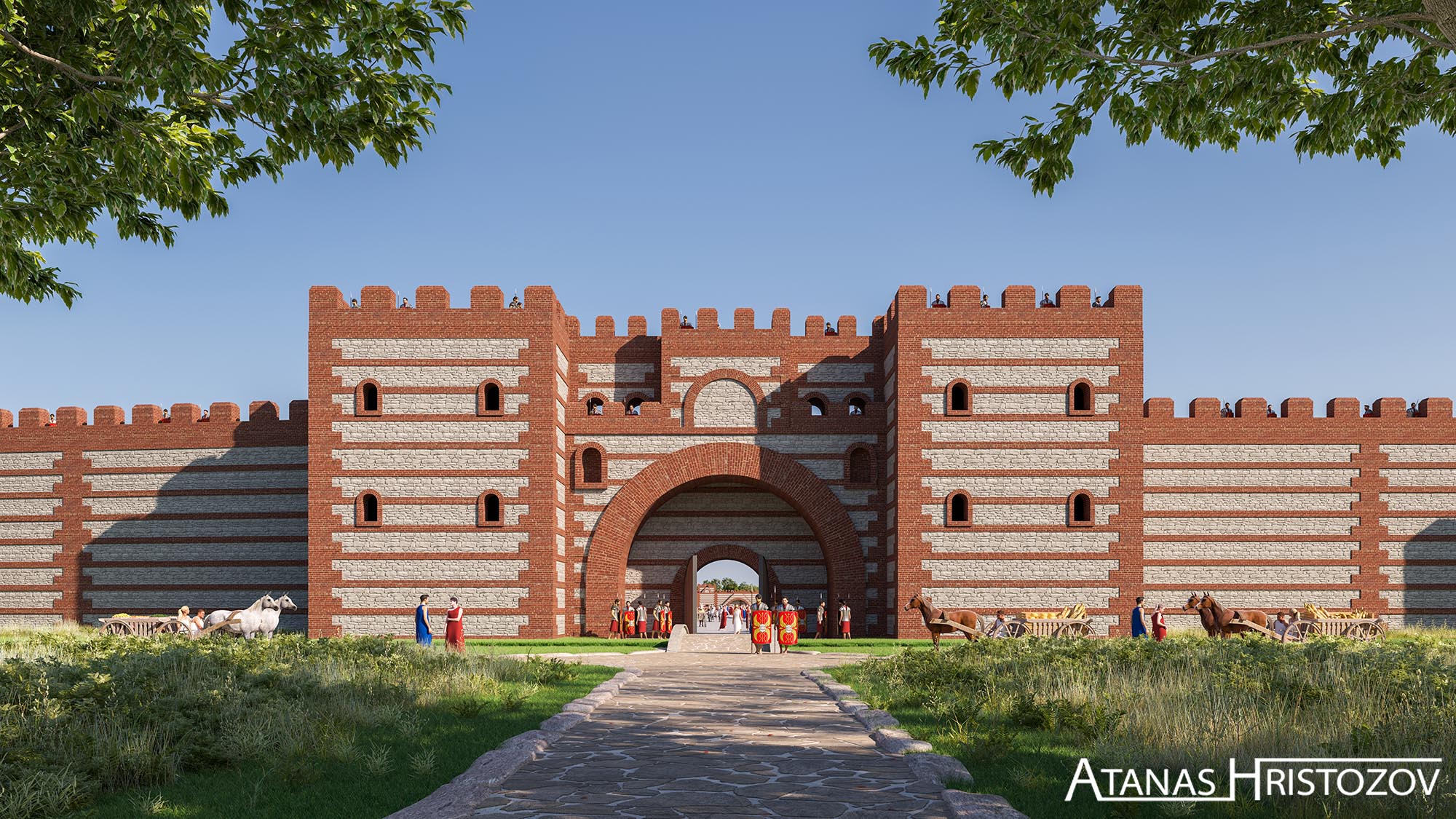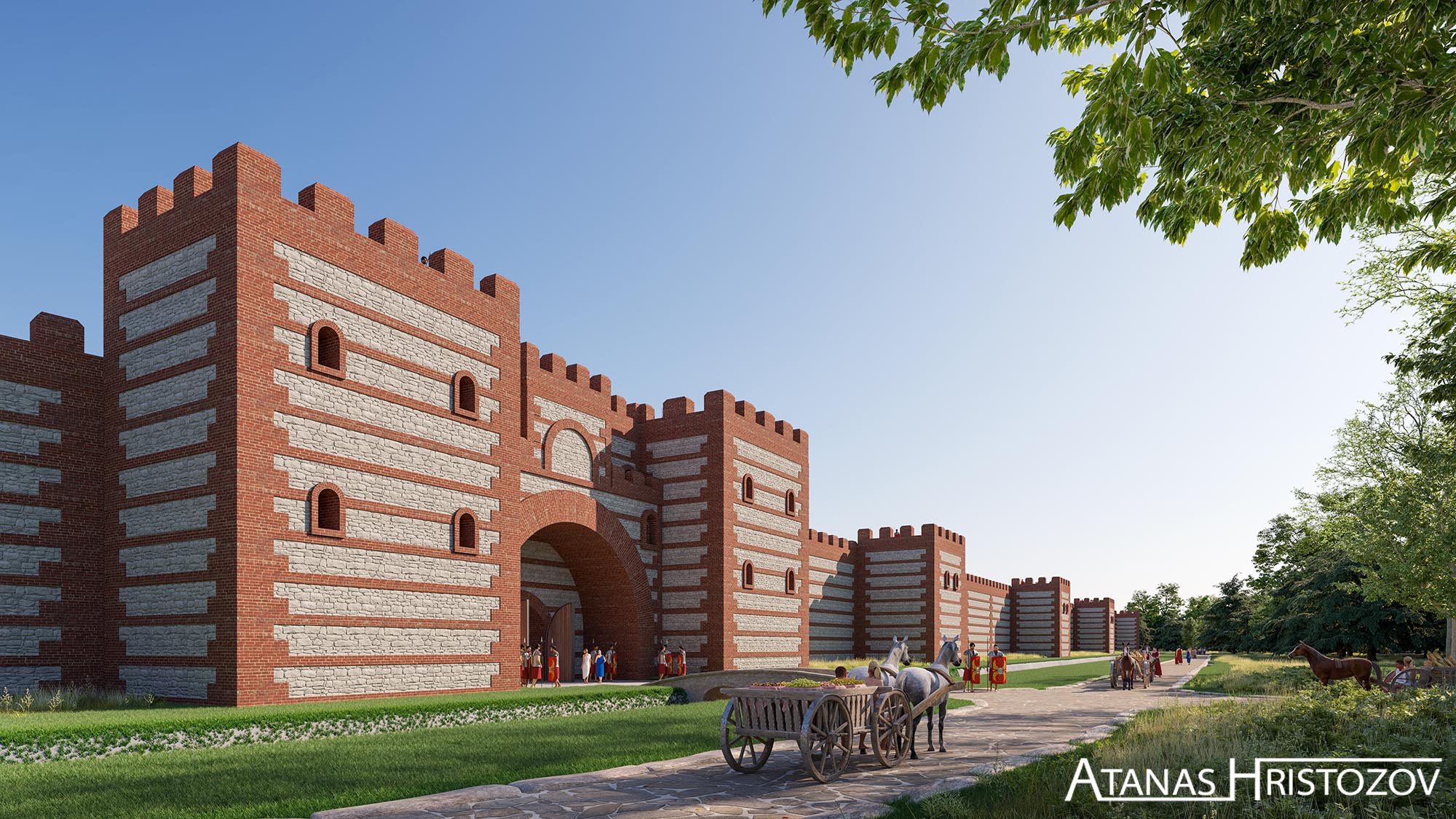The Rich History of Hisarya: A Journey Through Time
Nestled in the picturesque landscape of Bulgaria lies the enchanting town of Hisarya. Known for its thermal springs, stunning Roman ruins, and idyllic setting, Hisarya has a history that spans over two millennia. This ancient town has witnessed the rise and fall of empires, the ebb and flow of cultures, and has preserved its historical legacy for visitors to explore and admire.
The origins of Hisarya can be traced back to the Thracians, a prominent ancient civilization in the region. They were drawn to the area for its abundance of mineral springs and established a settlement known as Augusta in the 1st millennium BC. These springs, revered for their healing properties, attracted people from far and wide, making the town a thriving center for wellness and rejuvenation.
The Romans arrived in the 1st century AD and recognized the strategic and cultural significance of Augusta. They expanded and fortified the town, giving it the name "Diocletianopolis" in honor of Emperor Diocletian. Under Roman rule, Hisarya flourished, becoming an important trade and military hub. Lavish villas, public baths, and an intricate network of streets adorned the town, showcasing the grandeur of Roman architecture and urban planning.
The decline of the Roman Empire marked a turbulent period for Hisarya. It faced invasions by barbarian tribes and experienced a series of conquests by different civilizations, including the Byzantines and the Bulgarians. Despite the challenges, Hisarya managed to retain its significance as a strategic stronghold and continued to serve as a cultural crossroads between East and West.
During the Middle Ages, the town underwent several name changes, from Hissar to Sredets, reflecting the shifts in political power and influence. It became an important center for craftsmanship, trade, and religious activity. Byzantine and Bulgarian rulers left their mark on the town, constructing fortifications and churches that still stand today, offering glimpses into the past.
The Ottoman Empire conquered Hisarya in the late 14th century, adding another layer to its diverse cultural heritage. The Ottomans expanded the town's infrastructure, established a Turkish bath, and left their architectural imprint on the cityscape. Hisarya became an essential part of the empire's administrative and military network, further enriching its historical tapestry.
The dawn of the 19th century brought a new era of transformation for Hisarya. The town became a popular destination for medical tourism, as visitors flocked to experience the healing properties of its mineral springs. Lavish hotels and spa complexes were built, attracting visitors from across Europe. Hisarya regained its reputation as a wellness retreat, reminiscent of its ancient Thracian roots.
Today, Hisarya is a captivating blend of ancient ruins, architectural wonders, and serene natural beauty. Visitors can explore the well-preserved Roman walls and gates, stroll through the Roman baths, and marvel at the mosaic floors that bear witness to the town's glorious past. The remains of ancient fortifications, such as the Byzantine fortress and the Ottoman citadel, offer glimpses into the town's strategic importance throughout history.
The spirit of Hisarya is not confined to its historical sites alone. The town's vibrant cultural scene, with its music festivals, art exhibitions, and traditional folklore events, breathes life into the ancient stones and connects the past with the present. Hisarya has successfully embraced its historical legacy while creating a thriving modern community that welcomes visitors from around the world.
As you wander through the charming streets of Hisarya, it's impossible not to be captivated by the layers of history that have shaped this remarkable town. From the Thracians to the Romans, Byzantines, Bulgarians, and Ottomans, each civilization has left an indelible mark on the town's character and identity. Hisarya stands as a testament to the enduring power of history, inviting us to step back in time and experience the richness of the past firsthand.



